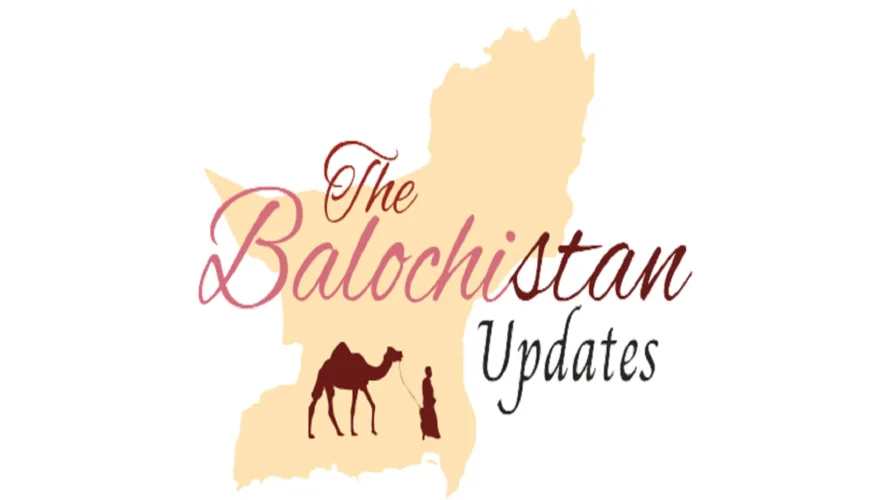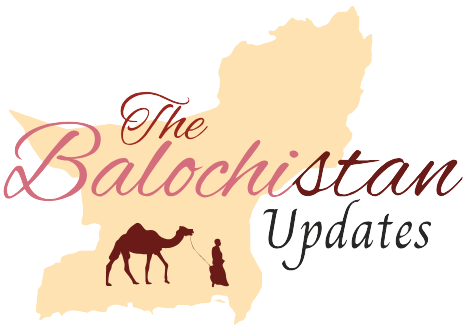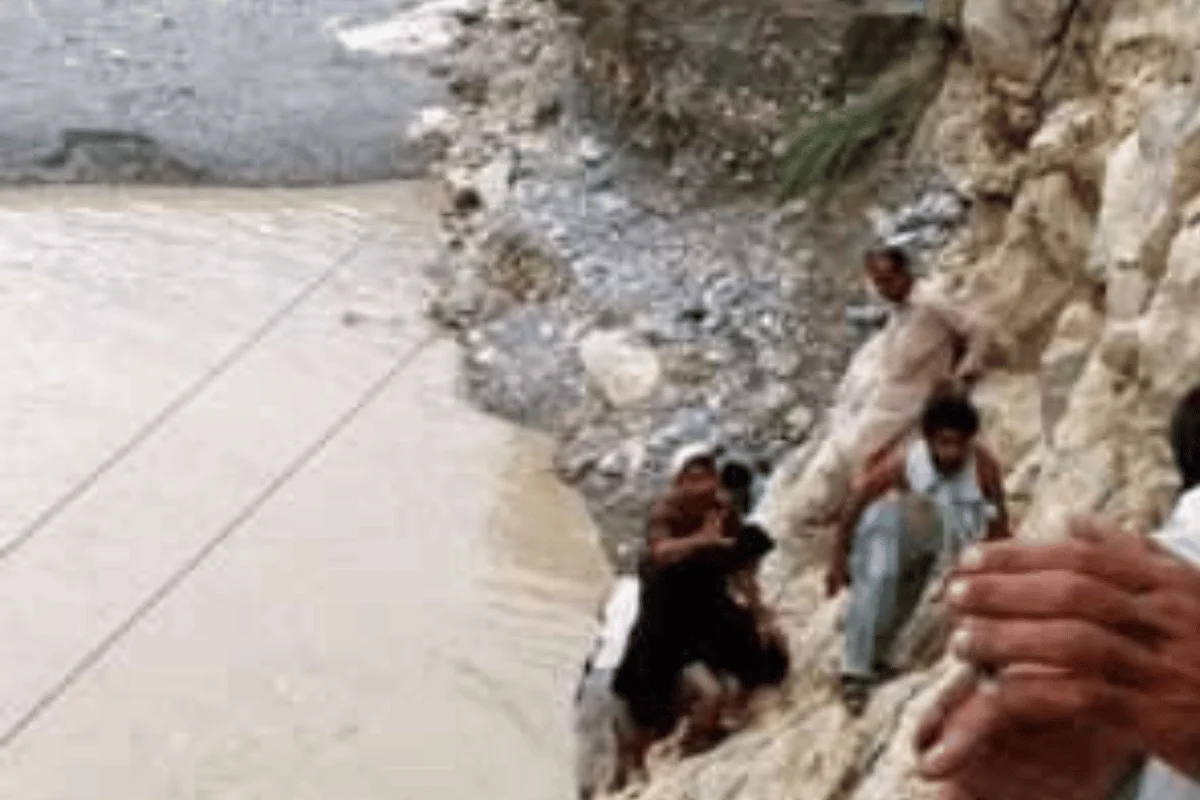Monsoon Season in Balochistan
As the monsoon season sets in, the province of Balochistan finds itself on high alert, bracing for the torrential rains and potential calamities that accompany this time of the year. The recent issuance of a red alert for monsoon rains in the region warrants immediate attention and calls for comprehensive measures to mitigate the impact of these natural disasters. In this editorial, we highlight the significance of the red alert and underscore the need for proactive measures to protect lives, infrastructure, and the livelihoods of the people in Balochistan.
Arid Climate And Limited Resources
The issuance of a red alert signifies a critical and potentially dangerous weather situation. It serves as an urgent warning to authorities, residents, and various stakeholders to be prepared for extreme weather conditions and the subsequent risks associated with it. In the context of Balochistan, a region known for its arid climate and limited resources, monsoon rains bring both relief and challenges, making the red alert a crucial call to action.
Geographical Features and Infrastructure
Balochistan’s unique geographical features, including rugged mountains, arid plains, and a lack of adequate drainage systems, make it susceptible to the adverse impacts of monsoon rains. Flash floods, landslides, and infrastructure damage pose severe threats to the lives and properties of the people residing in the region.
Moreover, the predominantly agrarian economy of Balochistan heavily relies on monsoon rains for irrigation and sustenance. Therefore, any disruption caused by excessive rainfall can have far-reaching consequences for agriculture and livelihoods.To effectively deal with the challenges posed by monsoon rains, the government, local authorities, and communities must collaborate to implement proactive measures.
These strategies should focus on three key areas:
Strengthening Weather Forecasting and Early Warning Systems
Strengthening and expanding the existing weather forecasting and early warning systems can significantly reduce the risks associated with monsoon rains. Timely dissemination of accurate and localized weather information can enable residents to take precautionary measures and evacuate vulnerable areas if nece.ssary. By investing in modern technology and improving the capacity of meteorological departments, we can enhance our ability to predict and respond to severe weather events
Infrastructure Development for Resilience
Balochistan urgently requires investments in the construction and maintenance of robust infrastructure. Building effective drainage systems, improving road networks, and fortifying bridges and embankments will help mitigate the impact of flooding and landslides. This infrastructure development must prioritize resilience and sustainability to withstand the region’s challenging climatic conditions. It is essential to allocate resources and prioritize projects that focus on safeguarding Balochistan’s critical infrastructure.
Community Preparedness and Education
Creating awareness and imparting knowledge about disaster preparedness to communities is crucial. Encouraging community participation in disaster risk reduction initiatives, conducting drills, and establishing local emergency response teams will enhance preparedness at the grassroots level. It is imperative to invest in education and training programs that equip residents with the skills to respond effectively during emergencies. When communities are informed and empowered, they can play an active role in their own safety and resilience.Addressing the challenges posed by monsoon rains requires a collaborative approach involving all stakeholders. The government, non-governmental organizations (NGOs), local communities, and the private sector must work hand in hand to ensure a comprehensive and coordinated response. Sharing resources, expertise, and information will enhance the effectiveness of disaster management efforts and promote resilience in the face of natural disasters.
Red Alert for Monsoon rains in Balochistan
The red alert for monsoon rains in Balochistan serves as a stark reminder of the challenges the region faces during this season. By acknowledging the vulnerabilities, implementing proactive measures, and fostering collaboration, we can strive to protect lives, safeguard infrastructure, and secure the livelihoods of the people.
Balochistan must seize this opportunity to strengthen its disaster preparedness and emerge as a resilient region that not only survives but thrives in the face of monsoon fury. Let us act swiftly and decisively, ensuring that no one is left behind in this battle against nature’s forces. Together, we can face the monsoon season with resilience and unity.
FAQs:-
1. What does a red alert for monsoon rains in Balochistan signify?A red alert indicates a critical and potentially dangerous weather situation, serving as an urgent warning for extreme weather conditions, prompting immediate attention and comprehensive measures.
2. Why is Balochistan susceptible to the adverse impacts of monsoon rains?Balochistan’s unique geographical features, such as rugged mountains, arid plains, and a lack of adequate drainage systems, make it vulnerable to flash floods, landslides, and infrastructure damage during the monsoon season.
3. How can communities in Balochistan enhance their preparedness for monsoon-related disasters?Community preparedness involves creating awareness, imparting knowledge about disaster preparedness, encouraging participation in drills, and establishing local emergency response teams, enabling effective grassroots-level readiness.
4. What key areas should be addressed to mitigate the impact of monsoon rains in Balochistan?Mitigating the impact requires a focus on strengthening weather forecasting, developing resilient infrastructure, and promoting community preparedness and education to enhance Balochistan’s ability to respond effectively to severe weather events.
5. Why is collaboration crucial in addressing the challenges posed by monsoon rains in Balochistan?Collaboration among the government, local authorities, communities, NGOs, and the private sector is essential for a comprehensive and coordinated response. Sharing resources, expertise, and information enhances the effectiveness of disaster management efforts and promotes resilience.


